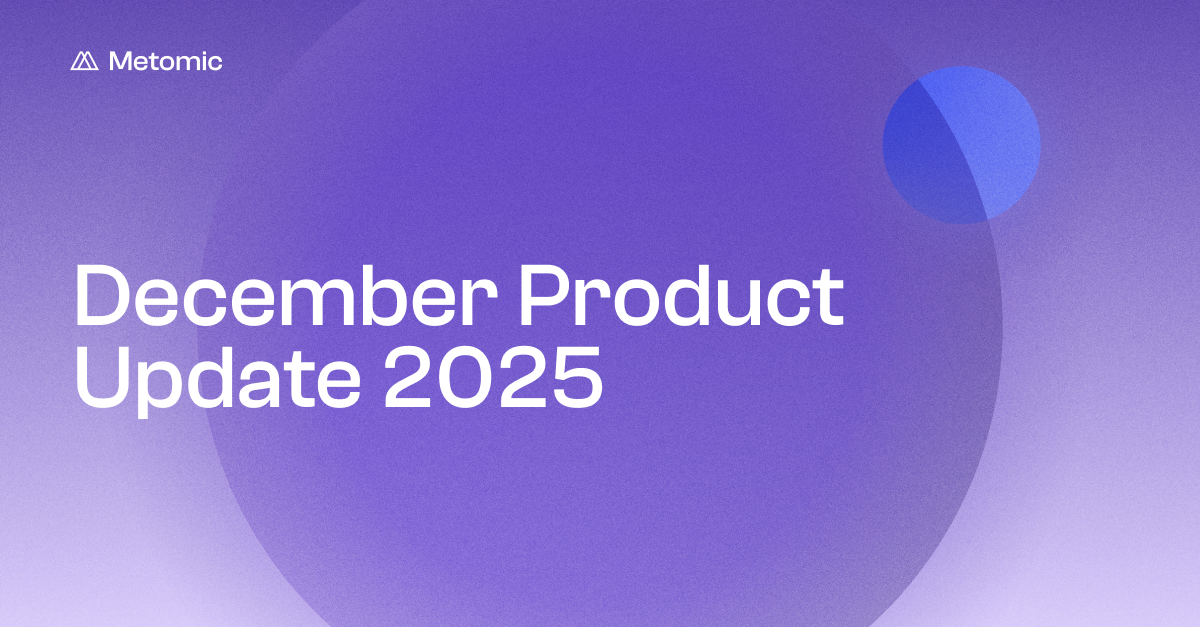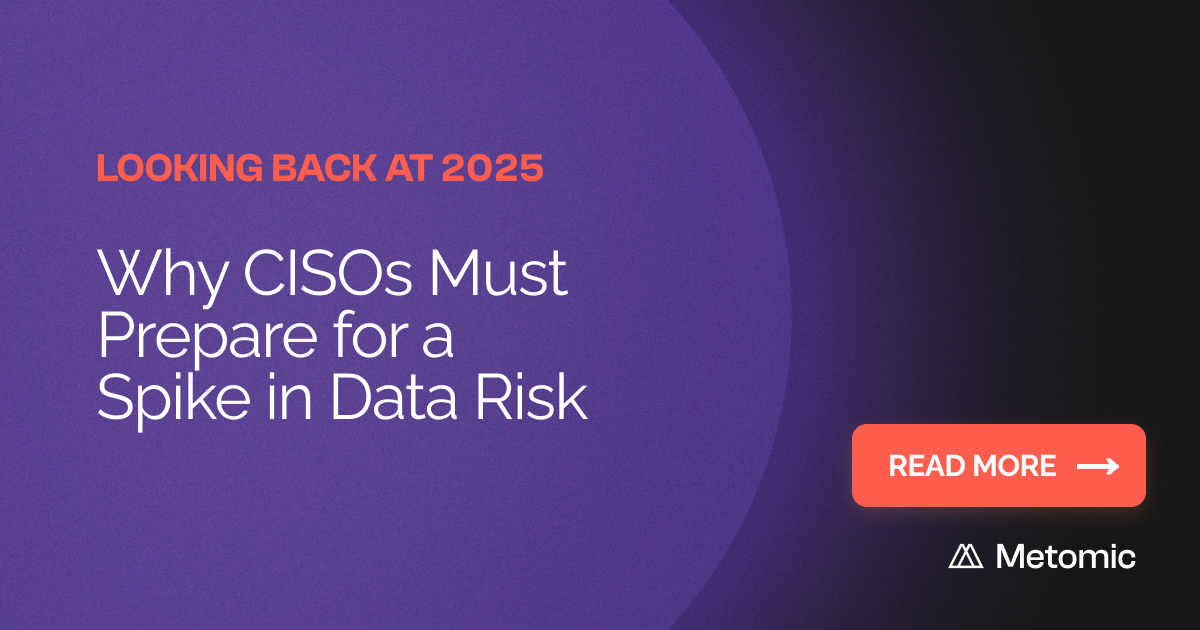8 Principles Of Securing Patient Data: Protecting Confidentiality In Digital Healthcare
In this article, we explore eight fundamental principles of securing your patient's digital medical data, covering confidentiality agreements, incident response strategies and more
.png)
8 Principles Of Securing Patient Data: Protecting Confidentiality In Digital Healthcare
In this article, we explore eight fundamental principles of securing your patient's digital medical data, covering confidentiality agreements, incident response strategies and more
.png)
Like most industries, healthcare is becoming increasingly digitised. Safeguarding patient data has become crucially important for healthcare organisations worldwide.
As practising medicine transitions to digital systems for the ease of record keeping and communication, the volume of patient data being generated and shared has surged exponentially, with approximately 30% of the world’s data volume generated by the healthcare industry.
While these advancements clearly offer numerous benefits, they also present significant challenges in securing patient data. In fact, 51% of healthcare organisations reported an increase in data breaches since 2019.
In this article, we’re going to explore eight fundamental principles of securing your patient's digital medical data, covering confidentiality agreements, incident response strategies, and more, leaving you with actionable steps to ensure the protection of patient privacy amidst the complexities of modern healthcare systems.
8 principles of securing patient data
There are eight broad principles that you need to follow, to ensure patient data is protected, safe, and in the hands of the right people. These are:
Principle 1: Confidentiality agreements
Confidentiality agreements form the cornerstone of patient data protection within healthcare organisations.
These agreements outline the expectations and responsibilities of all staff regarding the handling and safeguarding of patient information.
Recent research indicates that approximately 50% of healthcare organisations have experienced an intentional or accidental data leak from employees, demonstrating the critical importance of confidentiality agreements in mitigating internal threats to patient data security.
By establishing clear guidelines and procedures for maintaining confidentiality, healthcare providers can instil trust and confidence in their patients while mitigating the risk of data breaches.
Principle 2: Regular training
A study conducted by KnowBe4 showed that employees who took part in monthly cyber security training were 34% more aware of the dangers of suspicious email links and attachments.
Regular training sessions play a pivotal role in reinforcing the importance of patient data confidentiality, and ensuring that healthcare staff members are equipped with the knowledge and skills they need to uphold confidentiality standards.
These sessions provide an opportunity to educate staff on data protection policies, procedures, and best practices, helping to build a culture of awareness and accountability within the organisation.
Principle 3: Defined access controls
It’s all very well and good building strong digital walls around sensitive patient data, but if your access management isn’t up to scratch, you’re essentially leaving the keys lying around for anyone to wander in and steal it.
99% of cloud users, roles, services, and resources were granted excessive permissions, which were ultimately left unused. That represents a large attack surface that a determined hacker can use to gain access to sensitive data.
Securing patient data demands robust data storage practices to ensure that sensitive information remains protected from unauthorised access or disclosure.
Principle 4: Data encryption
Data encryption is a crucial component of ensuring the security and confidentiality of patient information in healthcare organisations.
By encrypting sensitive data, such as patient medical records and personal information, healthcare providers can protect it from unauthorised access or interception.
Utilising strong encryption algorithms and protocols helps safeguard patient data both in transit and at rest, reducing the risk of data breaches and ensuring compliance with regulatory requirements.
Research indicates that encryption is incredibly effective, lowering data breach costs by an average of $360,000. This underscores the importance of implementing encryption measures to mitigate the financial impact of data breaches, protecting patient confidentiality.
Principle 5: Mobile device usage
A combination of advances in cloud computing, growth in use of SaaS applications, and global pressures from the COVID-19 pandemic have dramatically increased the use of mobile devices.
That’s a trend that’s set to continue, with an estimated 30.6% increase in global smartphone users to 6.4 billion by 2029. This introduces additional challenges for data security in healthcare.
Organisations have to implement robust mobile device management (MDM) solutions to ensure the secure use of mobile devices for accessing patient data. This includes enforcing policies for device encryption, remote data wiping, and restricting the installation of unapproved apps.
Additionally, staff should receive training on safe mobile device usage and best practices for protecting patient data while using mobile devices in clinical settings.
Principle 6: Secure printing
Secure printing practices are essential for maintaining the confidentiality of patient data in healthcare settings. Printed materials that contain sensitive patient data can be more susceptible to security breaches compared to digital data due to their physical nature.
Once printed, it’s challenging to control the dissemination of information, and printed documents may be easily misplaced or shared without adequate safeguards in place - thus increasing the risk of unauthorised access or misuse.
While the trend towards a paperless office grows apace, clearly data security around printing remains a problem that has yet to go away, as 61% of IT decision-makers say they’ve suffered data losses due to unsecured printers.
Healthcare organisations should implement reliable secure printing solutions, such as requiring user authentication before releasing print jobs, and establishing procedures for securely storing and disposing of printed documents.
Principle 7: Regulatory compliance
Making sure that your organisation is compliant would be important no matter which industry you’re in, but it’s even more important with healthcare, as the data you’re dealing with is so much more sensitive and personal.
Regulatory bodies such as HIPAA in the United States and GDPR in the UK & European Union impose strict requirements for the protection of patient information. Healthcare organisations need to adhere to these regulations, which include guidelines for:
- Data security
- Data privacy practices
- Breach notification protocols
Non-compliance with regulatory requirements can result in severe penalties, including fines and legal action.
For example, US based firm OneTouchPoint is currently undergoing a class-action lawsuit by 38 medical firms it was serving, all of whom claim that OTP failed to safeguard sensitive medical information that could expose its patients to fraud and theft.
And in the UK, the Information Commissioner’s Office (ICO) isn’t shy about enforcing penalties against any company in breach of data protection regulations.
Principle 8: Incident response strategy
An incident response strategy is essential for healthcare organisations to effectively manage and mitigate data security incidents. This strategy should outline the steps to be taken in the event of a data breach or security incident, including:
- Detection
- Containment
- Eradication
- Recovery
- Post-incident analysis
Healthcare organisations must have clear protocols and procedures in place to respond promptly to data breaches, minimise the impact on patient privacy, and prevent further damage to their reputation.
By implementing a comprehensive incident response strategy, healthcare organisations can become more resilient against cyber threats, and protect patient data with confidence.
How Metomic can help healthcare organisations
Metomic offers a DLP solution for providers in the healthcare sector, helping them with:
- Data discovery and classification: Identify and classify sensitive patient data for compliance, and categorise information based on its sensitivity, ensuring alignment with regulatory requirements.
- Compliance monitoring: Continuously monitor compliance and address risks with reporting capabilities, allowing you to track adherence to data protection regulations, identify potential compliance gaps, and take proactive measures to mitigate privacy risks.
- Data access controls: Enforce granular permissions to prevent unauthorised access, implementing role-based access controls and monitoring user activities to restrict access to patient data.
- Intuitive data security dashboard: Get real-time insights into security metrics and compliance status with a comprehensive dashboard, enabling you to track key privacy metrics, monitor compliance status, and make informed decisions to effectively protect patient data.
With Metomic, healthcare organisations can strengthen data protection, build patient trust, and mitigate regulatory risks.
Book a personalised demo
Want to take the next step in securing your patients sensitive information? Book your personalised demo now to see how Metomic can help you achieve the eight principles of securing patient data.





